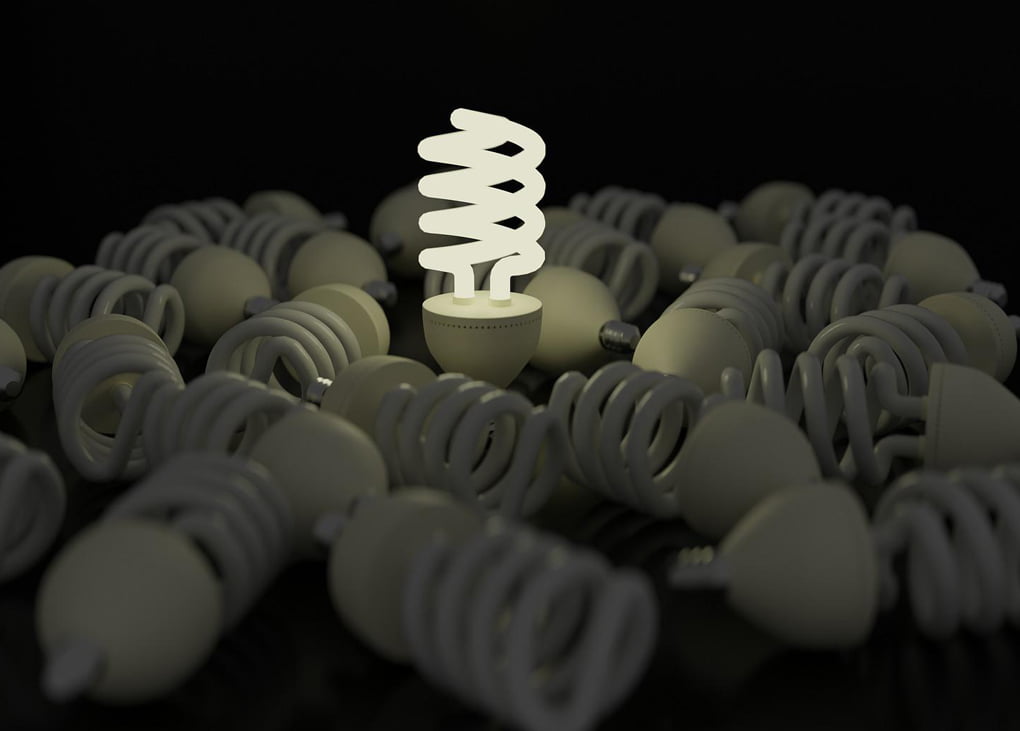A research team at the University of New South Wales (UNSW) has discovered how to harness “night-time” solar power.
The team, from the School of Photovoltaic and Renewable Energy Engineering, made the breakthrough by using a semi-conductor device called a thermoradiative diode to generate electricity from the emission of infrared light.
The results of the study have been published at ACS Publications. According to the abstract, “thermoradiative diode represents the less well-known symmetric counterpart to solar photovoltaics that instead utilises the net emission of light rather than absorption to generate power”.
The team lead, Associate Professor Ned Ekins-Daukes, explains that the process is ultimately still harnessing solar power. During the day, sunlight hits the Earth and warms up the planet. At night, this energy radiates back into outer space in the form of infrared light.
“What we have done is make a device that can generate electrical power from the emission of infrared thermal radiation,” he says.
One of the paper’s co-authors, Dr Phoebe Pearce, says the thermoradiative diode generates electricity by emitting infrared light into a colder environment.
“The temperature difference is what lets us generate electricity,” she explains.
The amount of power generated is still small – about 100,000 times less than that supplied by a solar panel – but there are plans to improve that in the future.
The research is an exciting breakthrough because it has confirmed a previously theoretical process can be achieved.
Other research teams at UNSW have also been working with materials that can cool buildings by emiting infrared radiation into the atmospheric window.
While the commercialisation of these materials is still a way off, the teams have big plans for future possibilities. For example, A/Prof. Ekins-Daukes believes the technology could be used to generate power from body heat – which could then be used in bionic devices like artificial hearts.
“Down the line, this technology could potentially harvest that energy and remove the need for batteries in certain devices – or help to recharge them,” he says. “That isn’t something where conventional solar power would necessarily be a viable option.”
He estimates that the technology probably needs another decade of university research and work.
“And then it needs industry to pick it up,” he says. “If industry can see this is a valuable technology for them, then progress can be extremely fast.”



Leave a Reply